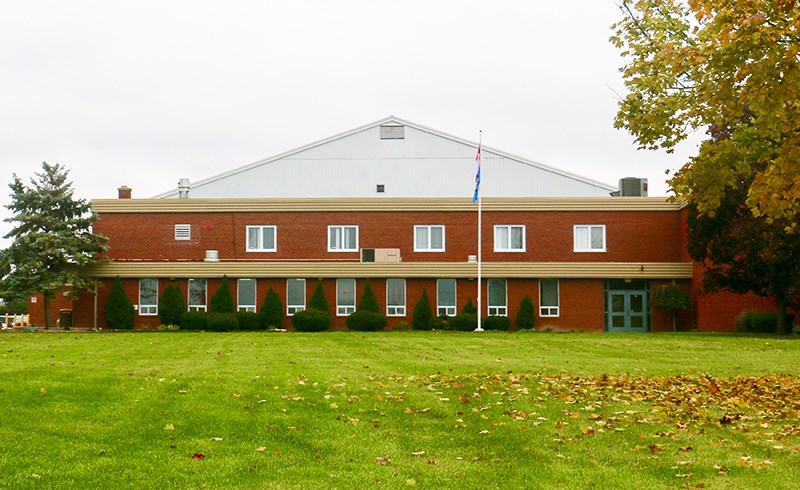Tara Jeffrey
An unknown number of people, including children, were exposed to ammonia during a 2013 gas leak at the Moore Sports Complex, the only facility in Ontario still operating with a higher-risk, ammonia-based refrigeration system.
Ontario’s Ministry of the Environment and Climate Change confirmed the release occurred at the St. Clair Township facility on Sept. 24, 2013.
Spokesperson Gary Wheeler said ministry officials were called in following a complaint that ammonia had escaped during maintenance of the arena’s refrigeration system.
“Some people using the south rink had left the arena due to an ammonia odour,” he said.
Township staff had closed the air intake during the procedure but ammonia “was detected in the arena after the release,” he added.
Dave Bowles is a former board member with the Moore Skate Club who was there that day. He is still troubled by the incident and its subsequent handling, he said.
“I’m not happy with the township, the ones who were operating out there, and the response we got from management,” said Bowles, a professional engineer with more than 25 years of industrial experience, including risk management and regulatory compliance. “They dropped the ball quite badly.”
Bowles, whose daughter was figure skating that day, said when he arrived at the arena staff had notified club officials of the ammonia leak but hadn’t issued an evacuation notice.
“They basically said, ‘It’s up to you whether or not to take the kids off the ice’ — which is so wrong in so many ways,” said Bowles, who himself experienced exposure symptoms, including burning of the respiratory tract.
“I was told of one child who actually went to (the hospital emergency department) along with numerous other people complaining.”
While some people left the rink many chose to stay, he added.
“It’s not fair to someone with no background or knowledge of the risks involved.”
Ammonia is a toxic, corrosive gas with a pungent odour that irritates the eyes, nose and throat. Exposure above of the allowable limit (25ppm) can cause headache, coughing and breathing difficulties. Prolonged exposure to high concentrations can result in pulmonary edema (an accumulation of fluid in the lungs) and death.
Bowles said following the gas release he was determined to get answers. He contacted the Technical Standards and Safety Authority (TSSA) and requested meetings with township officials, but ‘nothing visible came out of that’ he said.
“As a professional engineer, your number one obligation is public protection,” he said. “I could lose my licence if I fail to protect the public.”
Bowles resigned from the board and his children never returned to Mooretown to skate after that season.
Mayor Steve Arnold said he can’t recall specific details of the incident but was assured proper protocols were followed.
“I’m not sure of the nature of the leak and how that occurred …the people that were involved have actually retired since then,” he said.
“But there’s safety protocols in place. Everyone was evacuated properly, everything was done as per the emergency response, and went back to the normal operating stage.
“Everything was fixed and away they went again… I have never heard anything different.”
The 50-year-old Moore Sports Complex is the last arena in Ontario still operating with a direct expansion ammonia cooling system — meaning the ammonia circulates in piping imbedded directly in the rink floor.
Other arenas have an indirect system that uses a secondary coolant solution in the floor with a greatly reduced risk of leaks.
Rinks in Goderich and Prescott — home to the two other remaining direct-ammonia systems in Ontario — both closed this summer due to ammonia leak concerns.
Arenas across Canada have been under scrutiny since three men died from an ammonia leak at a Fernie, British Columbia rink in 2017.
Arnold has said it could cost $5 million to convert the aged refrigeration system, but is awaiting the results of a study exploring additional upgrades to the roof and fitness facility.
Council, he said, is also considering building a new facility altogether, which could cost upwards of $60 million.
